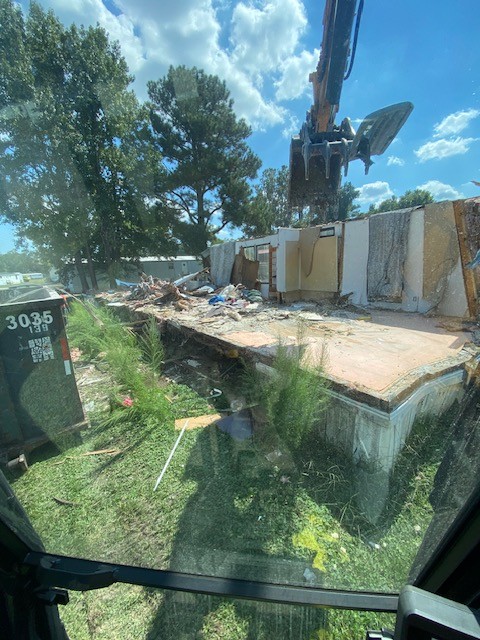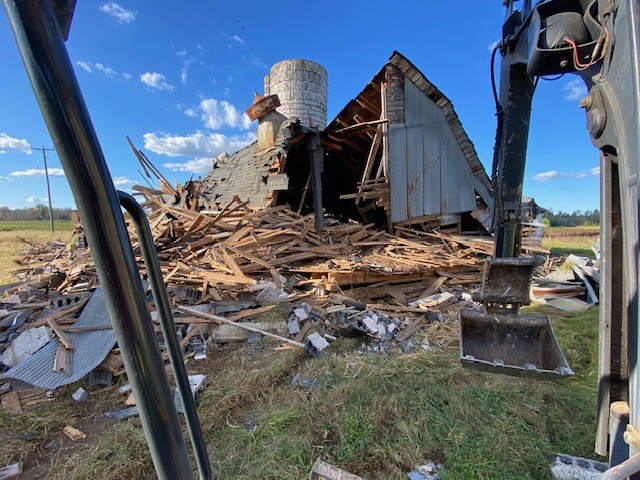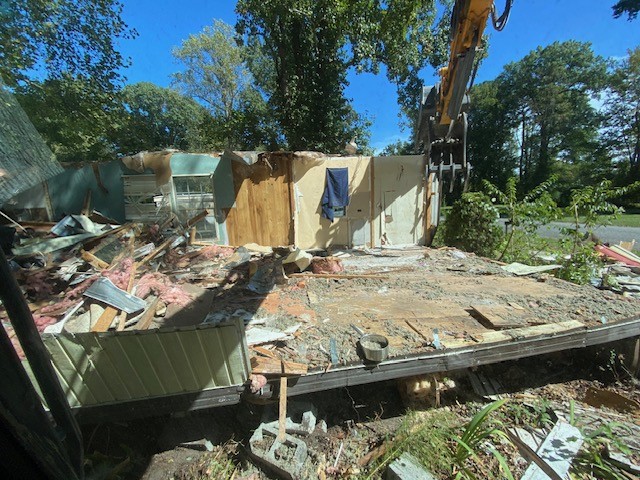B&F Junk Removal LLC & Demolition
B&F Junk Removal LLC & Demolition is your go-to solution for efficient and reliable demolition services. Founded with a commitment to excellence, our expert team... more
Wynn Enterprises LLC
Wynn Enterprises LLC approaches oil tank removal projects with professionalism and dedication, going above and beyond to ensure that our customers receive the quality demolition... more
American Crushing Company
At American Crushing Company, we have every piece of equipment needed to remove everything from an oil tank to an entire residential home. Get in... more
NEMRAC, LLC
NEMRAC, LLC has been in the demolition industry for over 5 years, providing a variety of services to the Hampton Roads area, like oil tank removal.... more
Harbour View Construction Co. Inc.
Harbour View Construction is a family owned business that has over 30 years of experience in the construction and demolition field. We specialize in residential and... more
Conran Services
Looking for reliable junk removal, home or business cleanouts, hoarding assistance, light demolition, or similar services? Look no further than Conran Services. We will work... more
Nearby Places for Tank Removal
Tank Removal Tips for Ware Neck, VA
Why should I remove my oil tank?
Oil tanks are always at risk of leaking, especially if they're exposed to the elements. An oil spill can wreak havoc on the environment and your health, as it contaminates drinking water, leads to indoor air pollution, contaminates soil, surface, ground, and drinking water, as well as recreational water bodies.



